LEARNING TO LIVE ALOHA

Aloha is an essence of being: love, peace, compassion, and a mutual understanding of respect. Aloha means living in harmony with the people and land around you with mercy, sympathy, grace, and kindness. When greeting another person with aloha, there is mutual regard and affection.
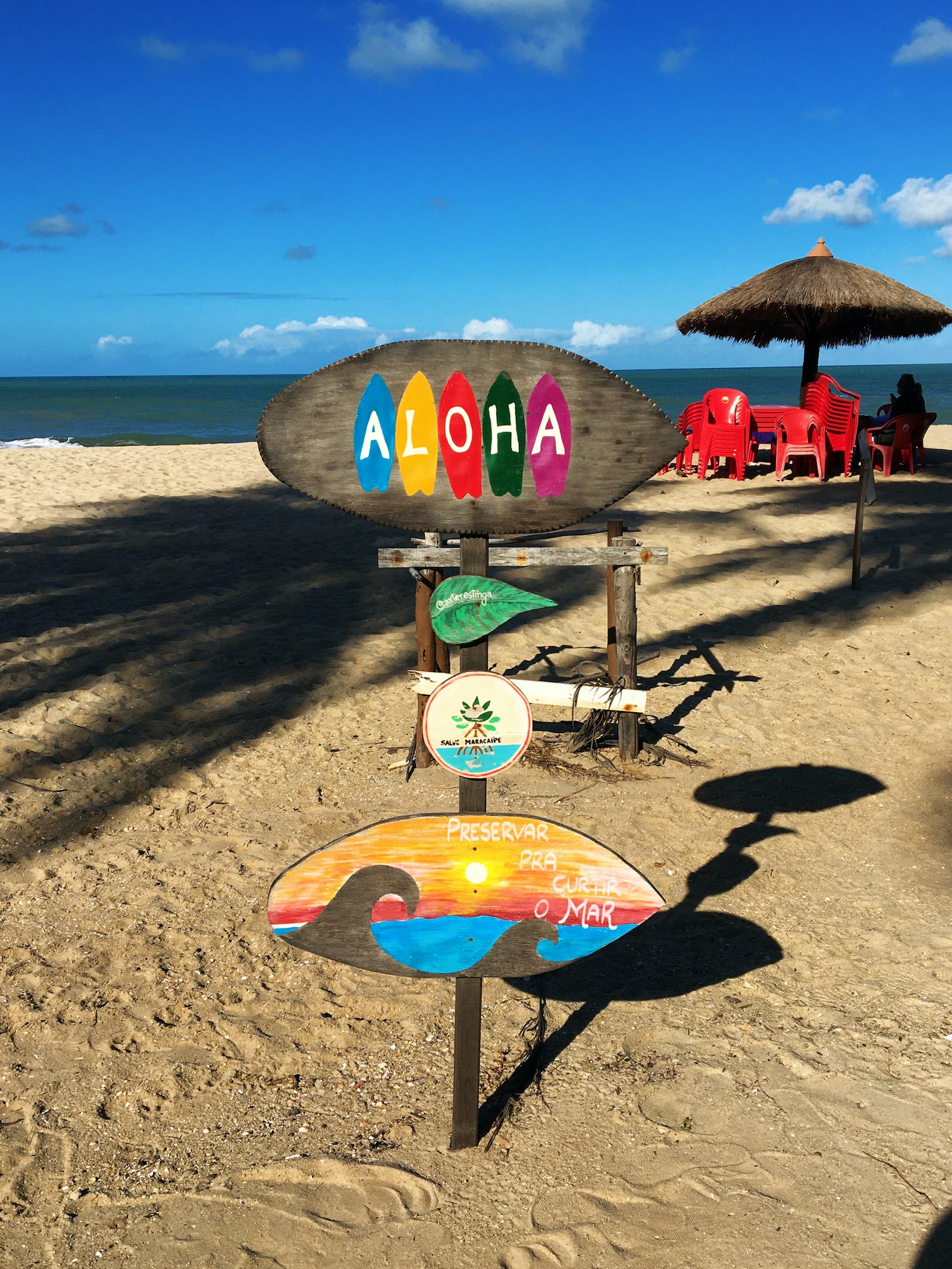
The term aloha derives from Proto-Polynesia and dates back to the early 1800's. When broken down, the literal translation of the phrase translates to [Alo] meaning 'presence' and [Hā] meaning 'breath. ' Together the word aloha translates to 'The presence of breath' or 'breath of life. '
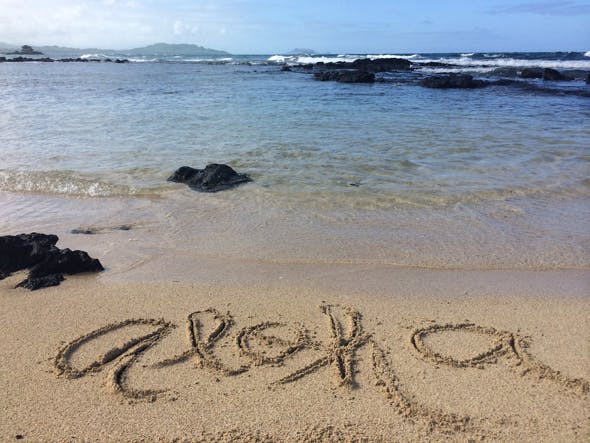
It’s no secret that aloha is one of the most well-known Hawaiian words — both in the islands and around the world. As the song says, not only can aloha be used as a greeting, but also a farewell or good-bye. But there really is much more to this word.
There are no words to describe the meaning of aloha as there is more to the spirit of the word. Legend says the spirit behind aloha was taught to the Hawaiian children long ago as a way of life embodied in the following acronym:
A: “Akahai,” meaning kindness, to be expressed with tenderness
L: “Lokahi,” meaning unity, to be expressed with harmony
O: “Oluolu,” meaning agreeable, to be expressed with pleasantness
H: “Haahaa,” meaning humility, to be expressed with modesty
A: “Ahonui,” meaning patience, to be expressed with perseverance
Through the years aloha became such a popular term due to its genuine nature and the word has been adopted by other languages and people around the world. This overwhelming popularity is what ultimately led Hawaii to be nicknamed the ‘Aloha State’ – as you’ll see on many Hawaii license plates when driving around the state.
The late Queen Lil’uokalani once said, “Aloha is to learn what is not said, to see what cannot be seen and to know the unknowable.”
Regardless of its world popularity, the spirit behind aloha is alive and well. So, when traversing the globe while meeting and greeting anyone in the world... don’t be afraid to greet your hotel attendant or grocer at the store with a simple ‘Aloha’ while holding its true meaning close to your heart.

Aloha means many things, including: love, affection, compassion, mercy, sympathy, pity, kindness, sentiment, grace, charity, greeting, salutation, regards, sweetheart, lover, loved one, to love, to be fond of, and many more things. It is commonly used as a greeting or a way to say goodbye.
IF YOU ARE HERE FOR THE SPAM OR SHARK BAIT YOU HAVE COME TO THE PROPER SELECTION OF THE ZENTRAVELER NEWSLETTER? I wouldnt necessarily call using clickbait to promote the Zentraveler newsletter spam but is pretty dam close.
The origin of Spam musubi is disputed. Survivors of the Japanese American internment camps on the mainland of the United States claim to have invented the precursor to Spam musubi, when they placed seasoned slices of Spam on white rice in a baking pan.
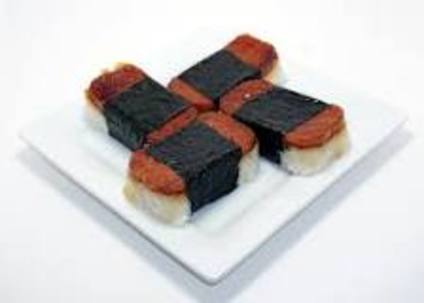
Ku says the stigma about Spam as a “poor man’s meal” still exists in the United States, and “the only time you will see Spam in an American restaurant is if the restaurant is Filipino or Korean or something of that ilk.” However, he says that Asian American chefs are contributing to elevating Spam into an interesting culinary ingredient. “There is something quirky yet meaningful to these Asian Americans, who by consuming Spam are really embracing their histories and experience and the legacy as Asian Americans.”
Asian American Chefs Are Embracing Spam. But How Did the Canned Meat Make Its Way Into Their Cultures?
From a food truck peddling Hawaiian-Korean fusion dishes in Seattle to an underground Japanese speakeasy in D.C. to a Korean barbecue restaurant that focuses on home cooking in New York City, one ingredient is surprisingly constant: Spam.
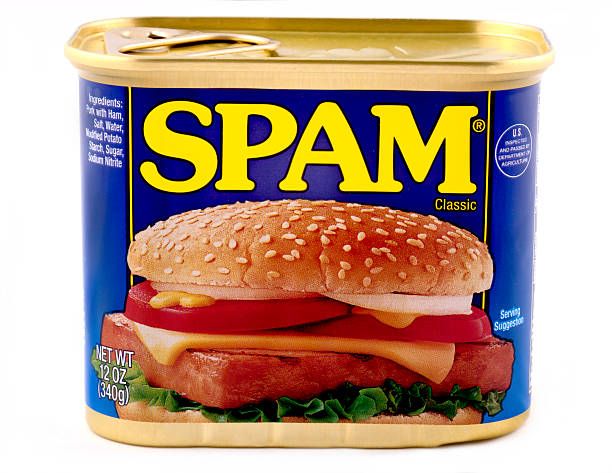
In recent years, a growing number of Asian American and Pacific Islander chefs are working against anti-Spam stigma to bring the meat to the American fine-dining scene. But how did the pink block of meat, a product of American industrialization, make its way into these Asian cuisines in the first place?
Spam goes to war
Hormel Foods Corporation, a U.S.-based food conglomerate, produced the first can of Spam — a mix of pork, salt, water, sugar and sodium nitrite — in 1937 in Minnesota. (Modified potato starch was added in 2001 to minimize the thick layer of gelatin.) But the canned meat really rose to international prominence during World War II.
After the bombing of Pearl Harbor, the American military was deployed to the Pacific, and troops made their way to places like Guam, Japan, the Philippines and South Korea. Wherever American troops went, Spam followed, says Robert Ku, a professor of Asian American Studies at the State University of New York at Binghamton and the author of Dubious Gastronomy: The Cultural Politics of Eating Asian in the USA. Though brand-name Spam was not always part of official G.I. rations, it had a number of wartime and post-war uses, and stuck around in places that experienced prolonged American military presence after the war ended.

But the food brought with it a complicated set of meanings. With mass destruction having created food shortages and the U.S. participating in rebuilding the region, Spam became a symbol of American generosity in helping feed the people, Ku says. At the same time, however, it was a reminder of immense suffering.
In the Philippines, people were fleeing from Japanese invasion, and resisting its occupation from 1941 to 1945, when they were first introduced to Spam. On some Pacific Islands, Spam became a necessity for survival for many local residents due to food rationing and restrictions during the war. And for many Japanese Americans, their love for Spam began with one of the most painful memories, Ku writes in his book: The U.S. government sent canned meat to the incarceration camps where people of Japanese descent were forced to relocate and later detained from 1942 to 1945.
During this period, Spam began to make its way into local dishes. Barbara Funamura, a Japanese-American woman from Hawaii, is credited with having invented Spam musubi, a slice of grilled Spam on top of a block of rice, wrapped together with nori. A similar narrative repeated itself on the Korean peninsula during the Korean War: People would rummage through the leftovers of the American military bases and create a dish using items they found. The dish, known as budae jjigae or army stew, combines traditional Korean ingredients, such as kimchi and rice cakes, with American “novelty,” like Spam and American cheese.
WHY IS SPAM POPULAR IN ASIAN COUNTRIES?
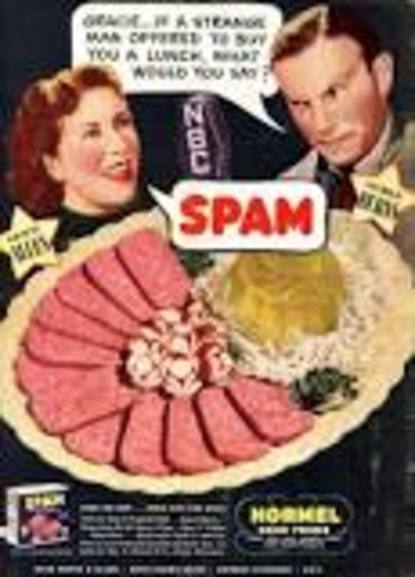
Consumer behaviour researcher Ayalla Ruvio says Spam became iconic in Asia because it was a taste of America without being in America. “They shared everything – their clothes, their food – and they shared their Spam. When the troops left, they left their Spam with the local population who then adopted it favourably.
THINGS YOU MAY NOT KNOW: Social Spam? How did social spam originate? In 1988 “Spamming” starts as prank by participants in multi-user dungeon games by MUDers (Multi User Dungeon) to fill rivals accounts with unwanted electronic junk mail. 1993 First use of the term spam was for a post from USENET by Richard Depew to news.
THINGS YOU MAY WANT TO SAVE: 59 cases of Spam and 12 Christmas Fruit Cakes to starve off hunger?
ZENTRAVELER SAYS: VALENTINES DAY APPROACHING: Think outside the box give your love ones a can of gift wrapped spam for valentines day: Caution if love ones dont appreciate can of spam lace on running shoes and start running or reach deeper into your bag of tricks and give a noteworthy gift.

From here to Infinity is a relatively short ride! The next leg takes eons and eons as you fly through the Barycentric Dynamical Time Zone! …and on and on and on. Follow the Zentraveler Newsletter often for Travel, Health and Zen-like stories and such. Where else can you get a THREE IN ONE NEWSLETTER FOR THE PRICE OF FREE.

ZENTRAVELER IS A PERSONAL NEWSLETTER, DESIGNED TO GIVE TRAVEL, HEALTH, WRITING AND HUMOR INCLUDING HELPFUL HINTS WITH A ZEN LIKE QUALITY.
